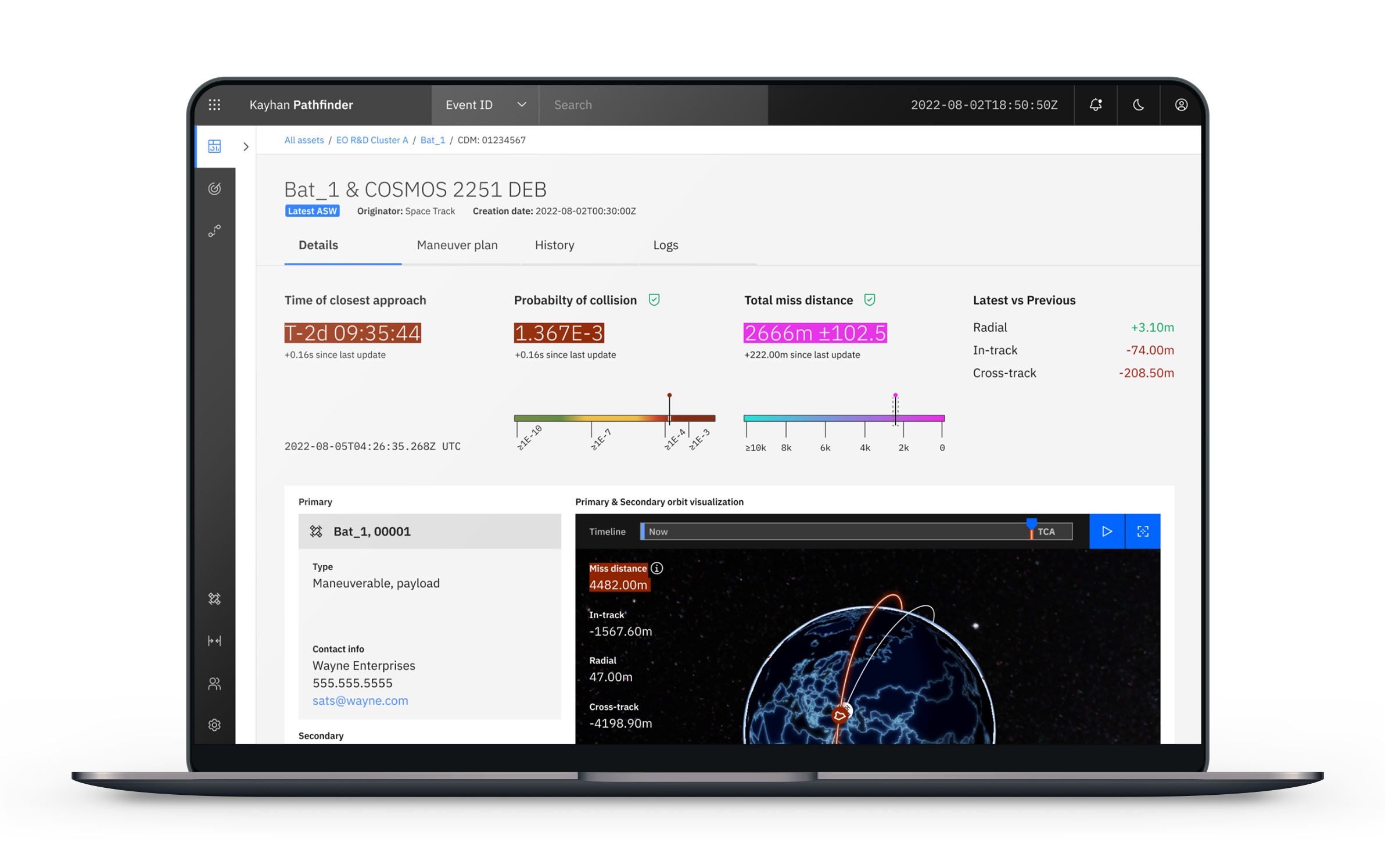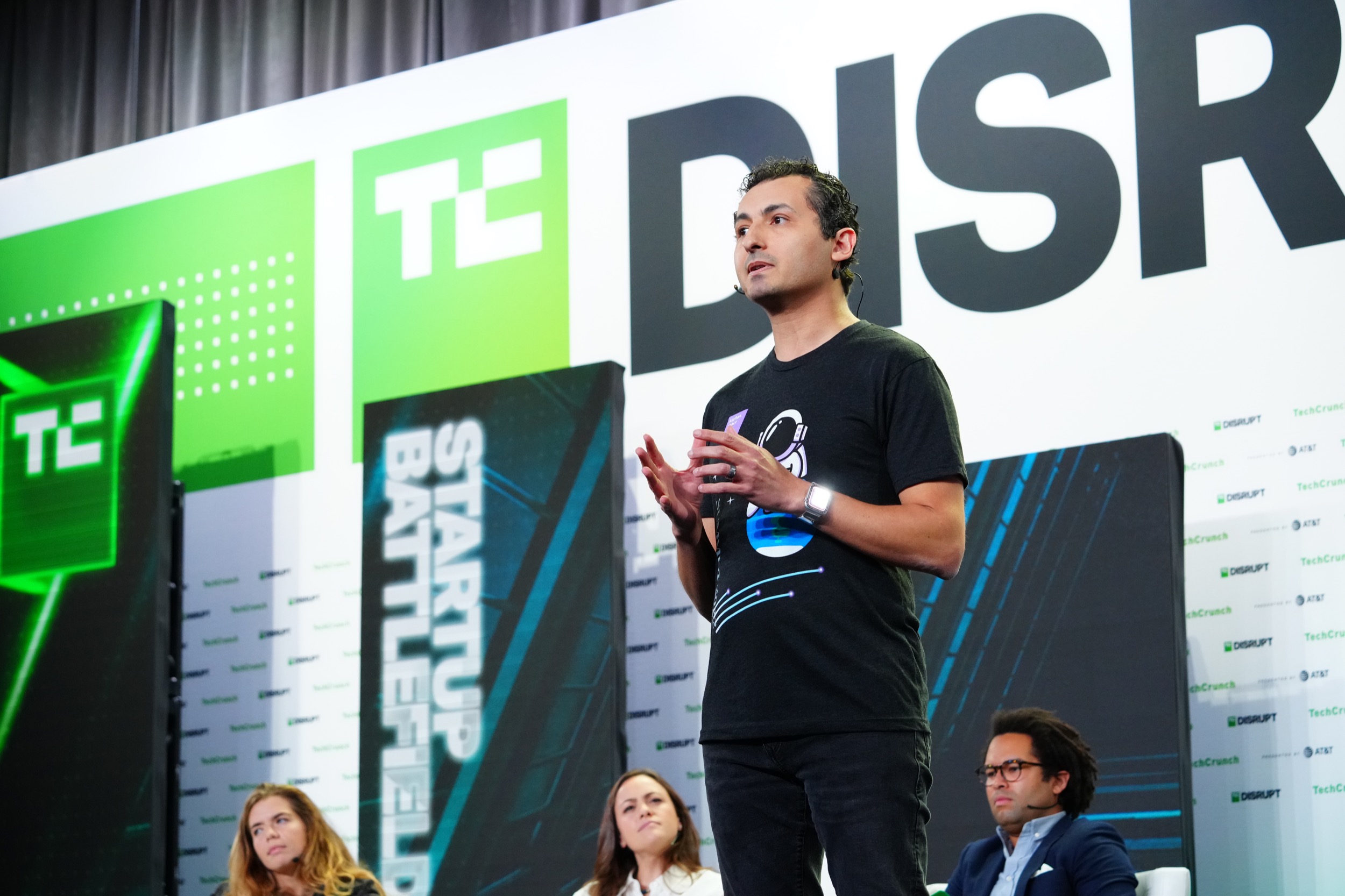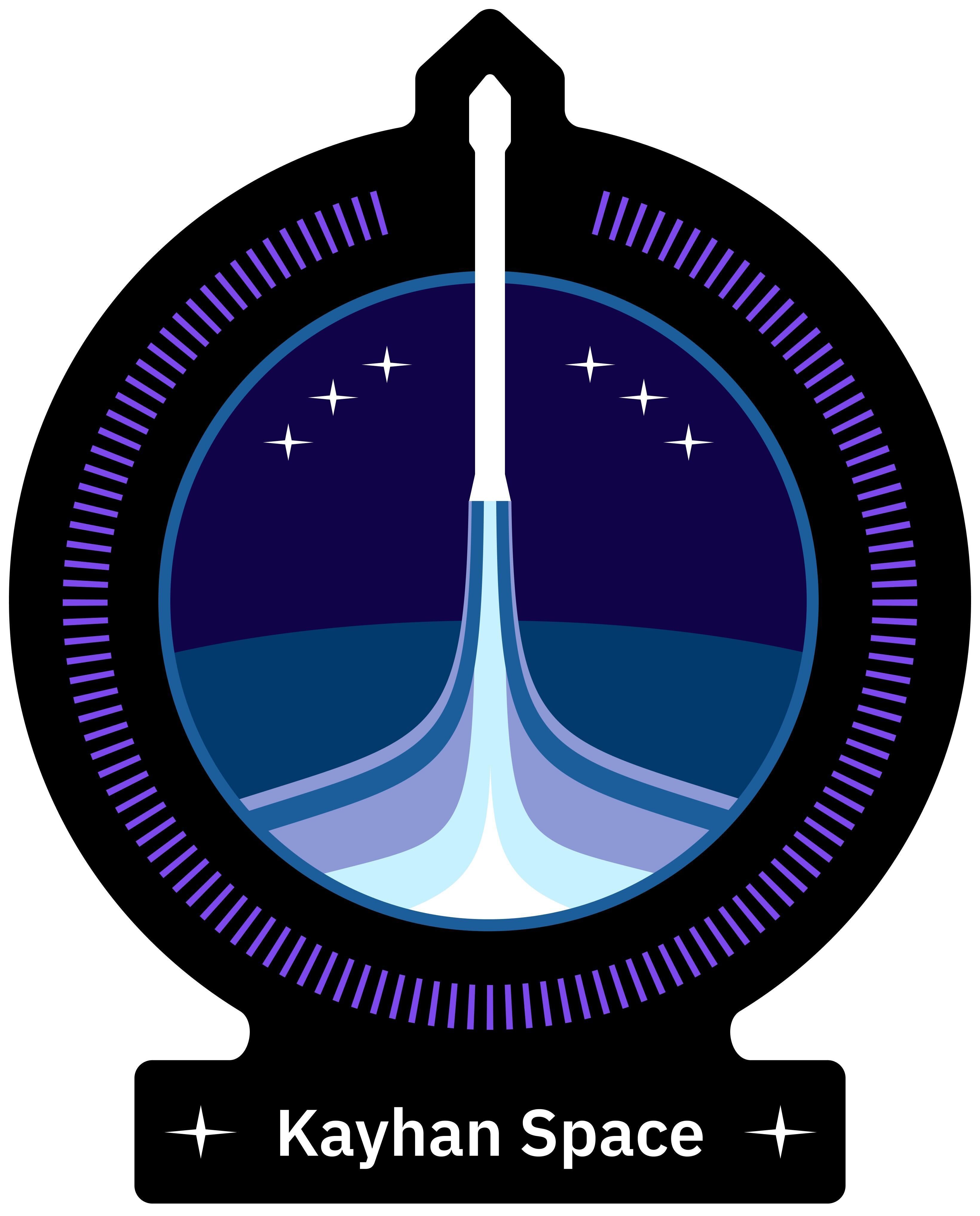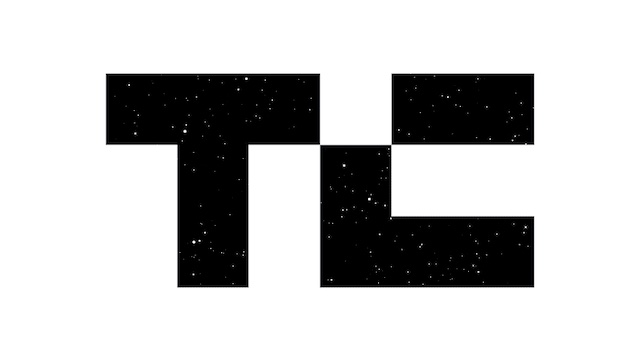The orbital economy is heating up, but the infrastructure that supports it is starting to creak. Kayhan Space is a startup that makes sure your satellite doesn’t crash into another — or a launch or piece of space trash, for that matter — using modern data crunching techniques and a web-accessible platform.
Kayhan presented today at Disrupt SF as part of the Battlefield, and the business is considerably further along than when we first covered them; at the time, they were raising a pre-seed round, but now they’ve got their feet under them and are raising again.
Founded by old friends Araz Feyzi and Siamak Hesar, who came together to the U.S. from Iran for school years ago, the company is taking on the natural result of the last decades order-of-magnitude increase in satellite launches: traffic.
Space may seem like a big place, but low Earth orbit is actually pretty crowded, relatively speaking. With thousands of satellites zooming around on all kinds of trajectories, and tens of thousands of pieces of space junk as well, the chances your spacecraft will have to juke a bit to avoid a screw going 20,000 mph or so are getting higher. When orbits overlap to the point that a collision is possible, it’s called a “conjunction” — a more neutral term than “collision course,” certainly.
“There are a lot of satellite-on-satellite conjunctions; it’s less than 10% today but the paradigm is shifting,” Feyzi told TechCrunch. “The sheer number of conjunctions is increasing, because we’re tracking more objects and there are more active satellites — and we expect that to get worse.”
Worse not just in terms of frequency, he explained, but in the decreasing amount of time before a potentially catastrophic event occurs. This lead time is very important, because last-minute maneuvers are both hair-raising and waste fuel — what could have been avoided by a tiny impulse hours ago becomes a longer emergency burn.
Normally satellite operators report their positions and orbits to Space Command — sounds impressive, but imagine a control tower at an airport that suddenly grew to 10 times its normal size. They can only do so much, so fast, and they rely on operators calling in the latest data and changes.
With thousands of satellites in the sky, de-conflicting orbits over a period of hours or days — and deciding what to do via phone call — is no longer a realistic option.

Kayhan is working to automate the process as much as possible using the freshest data available. Some of that is the high precision object database maintained by the government, yes, but there are other tracking sources too, plus the real-time info coming from customers and anyone who makes it available. Their Pathfinder platform provides situational awareness, conjunction warnings, recommended new orbital paths — if you have the right thruster, it’ll even provide the impulse.
“We use all of this data, and we’ve developed a large amount of proprietary algorithms and processes. For example, we’ve developed a modern prediction engine that predicts the paths of objects, that allows us to very rapidly calculate, simulate and re-simulate the motions of objects in space,” Feyzi said.
The turnaround time for a conjunction response is measured in minutes instead of days, but it’s no less carefully considered, Feyzi continued:
“When you go on Pathfinder and you look at the recommendations prepared for you, you can be sure they’re safe — we’ve screened them — and second, it’s feasible for you because it fits all the constraints you have: your propulsion system, your ground contacts.”

He also emphasized that these capabilities aren’t limited by, for example, how fast a radar dish can turn. Being a data-based product, it can scale arbitrarily. “The beauty of software, and the way we have designed our infrastructure is it is easily scalable. We could onboard every satellite available today and it wouldn’t be a problem for us,” Feyzi said.
Integrations with other satellite and mission management platforms are coming as well — not everyone wants to work with a whole new tool, so the data will be available via SDK.
You may wonder whether a pure data play is defensible as a business. Feyzi admitted that others may very well attempt the same type of system, but Kayhan’s head start and expertise is not to be underestimated.
“We have five Ph.D.s in astrodynamics on our team today. The amount of data we process and the amount of processing we do is extremely heavy; unless you develop these core capabilities to run effectively and efficiently, you won’t be able to achieve what we are achieving,” he said. “If you have the data, the capital, the people, yes, maybe in two years, you could develop the platform — no one has done it so far, but where we’ll be in two years is very different from where we are today.”
To that point, Kayhan itself is expanding its capabilities with a now product it calls Gamut, meant to offer the same kind of automated safety checks but for launches.

Scheduling launches isn’t just about waiting for good weather — you have to thread the needle to put the payload in the right orbit and place, perhaps among dozens or hundreds of peers. As the number of satellites rises, the prospect of a ride-share mission hitting several different orbits quickly becomes a very complex logistical problem. And the kicker is, if you miss your launch window by a few minutes, you need a new solution.
“We invented a new method that leverages GPU processing to process launch screening an order of magnitude faster,” Feyzi said. That means launch companies can be prepared for more eventualities, and hit fast forward on the paperwork and other official processes one has to get through to send a rocket into space. Gamut is still in development and testing, but you can expect to hear more about it soon as they invest their latest raise.
It’s clear that business in orbit is booming, and providing critical infrastructure could be the kind of play that puts Kayhan in the game for good.






























Comment